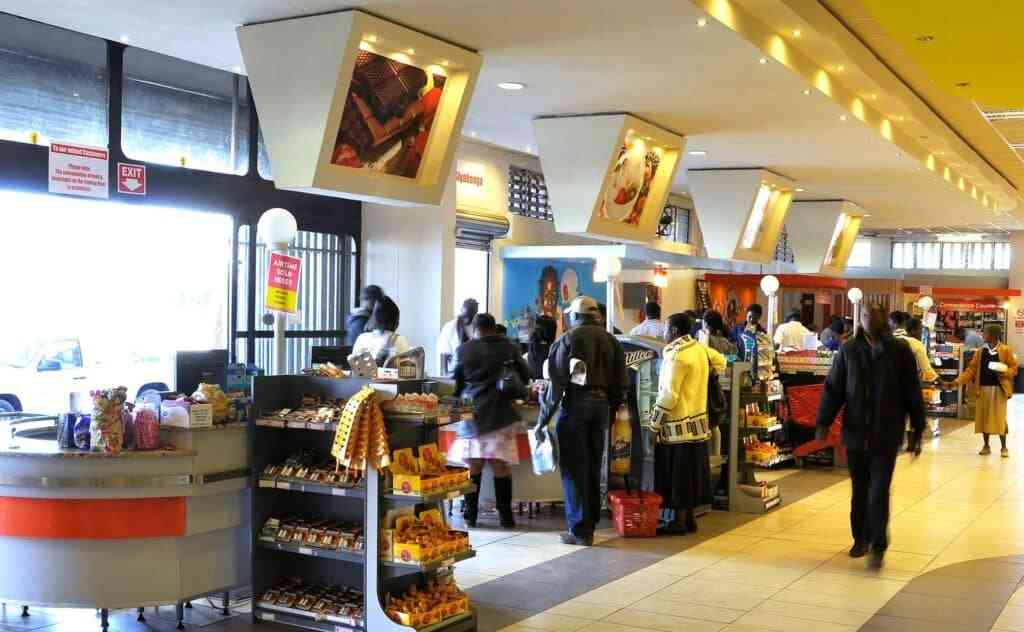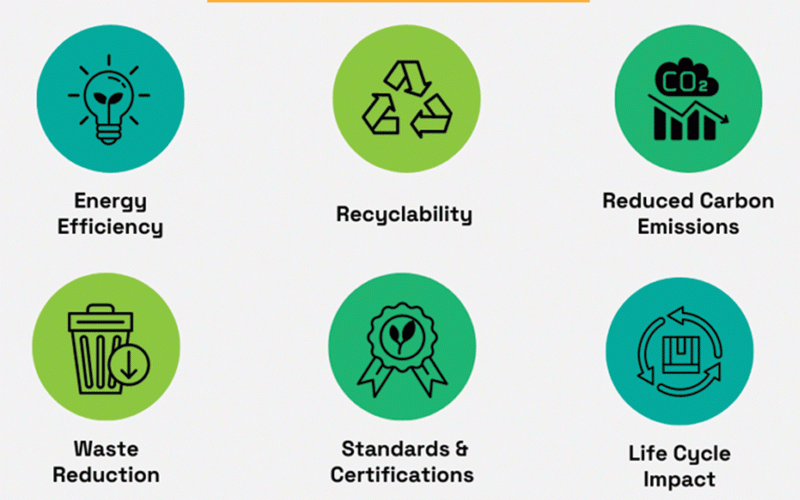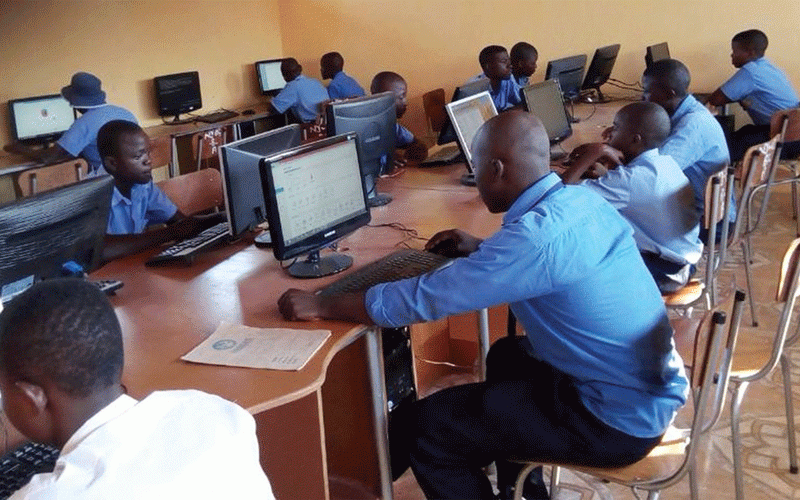
On April 2, 2025, OK issued a circular to shareholders and investors announcing plans to raise US$30 million through a mix of a rights issue, private placement, and debt instruments.
Wait a bit, why US$30 million? As of September 30, 2024, the company owed US$30 million to suppliers, carried an additional US$3 million in overdrafts, and had US$2 million in short-term interest bearing loans, all while generating less than US$1 million in operating cash flows.
By February 28, 2025, supplier debts had dropped to US$24 million, but other obligations had mounted, with US$5 million owed to utilities and service providers and nearly US$1 million in outstanding statutory obligations. The challenges facing the retail sector have been well-documented and much has already been said about OK’s struggles in this context.
In February 2025, OK underwent a significant leadership overhaul, with three top executive changes. Notably, Willard Zireva returned as CEO. The newly-appointed leadership team is expected to stabilise operations and implement a strategic recovery plan over the ensuing six months.
On 25 June, OK released another circular, this time providing a detailed breakdown of its revised capital raise strategy.
Notably, the structure had shifted from the original plan, which included debt instruments, to a new approach focused solely on a rights offer and the disposal of existing company assets.
The company now aims to raise US$20 million through the rights offer and US$10,5 million through asset disposals. This raises a key question: what prompted the change in structure?
Several factors likely influenced the shift in the retailer’s capital raising strategy. Private placements are typically time-consuming, require extensive negotiation, and can result in the dilution of core shareholders’ equity. On the other hand, taking on additional debt would have further strained the company’s already tight margins, increasing the interest burden.
- Wadyajena’s super cars towed
- Too young to marry: The secret world of child brides
- ZRC wraps up stakeholder consultations
- Man murdered over torch
Keep Reading
In contrast, a combination of rights issue and asset disposals transfers the financial responsibility back to shareholders but has the potential to lower long term financing costs.
The company’s immediate goal is to restore working capital, particularly to pay suppliers, thereby enabling the replenishment of stock and the resumption of normal trading cycles. This strategy is further supported by the fact that the rights offer is denominated primarily in US dollars, aligning with the company’s operational needs.
Another nugget is the rights offer will run from 21 July to 4 August, a period of just 11 working days. This was made possible after the company applied for and was granted a waiver by the ZSE listings committee, reducing the standard 21-day minimum rights offer period as required by the rules.
Let’s break down the capital raise plan. What is a rights offer? It’s when a company gives its current shareholders the chance to buy more shares at a lower price, based on how many shares they already own.
For OK, each new share will cost US$0,0109, which is 15% cheaper than the average market price in late May 2025. Shareholders can buy 1.37 new shares for every one share they already own, and they must pay the full amount upfront when accepting the offer.
Only current OK shareholders can take part in the rights offer, allowing them to maintain their ownership percentage and avoid dilution from external investors.
This offer presents both a chance and a choice. Those who participate could benefit if the company’s share price rises in the future due to strengthened capital base and planned investments.
Rights offers are usually seen positively when investors trust that the funds will be used wisely.
For OK, success will rely on clear communication, efficient execution, and showing real value from the capital raised.
With the EGM set for 17 July, major shareholders like Nssa (19,47%), Datvest (19,47%), Old Mutual(10,91%), and Quant Africa (9,46%) are likely to seek clarity on the company’s plans. The planned US$10,5 million asset disposal is a sensible move given high debt levels, provided only non-strategic assets are sold first to safeguard long term growth.
As of 7 July 2025, OK’s market capitalisation stood at US$9 million, based on an exchange rate of 40. This means the planned US$20 million rights offer is more than double the company’s current market value.
Considering the low market valuations and the prevailing sentiment in local capital markets to hold on to US dollars, some investors may question whether this is the best use of their funds, making clear communication from OK essential.
In 2013, OK had a market cap of over US$225 million, and in 2021 it was over US$175 million. The current share price and rights issue might present an undervalued opportunity, especially if the company rebounds under new leadership.
However, the key question remains: how likely is this to happen given the thriving informal sector? Some investors’ confidence may rise with the return of Zireva, who has deep company ties. What are your sentiments?
Taimo is an investment analyst with a talent for writing about equities and addressing topical issues in local capital markets. He holds a First Class Degree in Finance and Banking from the University of Zimbabwe. He is an active member of the Investment Professionals of Zimbabwe community, pursuing the Chartered Financial Analyst charter designation.











